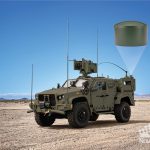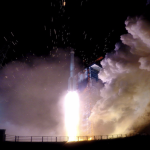Space Development Agency Plans to Create an Alternative GPS Constellation
UPDATE: A week after this story appeared the news broke that Fred Kennedy had quit as the head of the Air Force’s new Space Development Agency after just four months on the job. News reports suggested that issues with his boss, Undersecretary of Defense for Research and Engineering Mike Griffin, were at the heart of the resignation. — Dee Ann Divis
The director of the Department of Defense’s new Space Development Agency (SDA) said Friday that one of his priority projects is to create an alternate GPS capability using frequencies different from those of the current constellation.
By Dee Ann Divis












